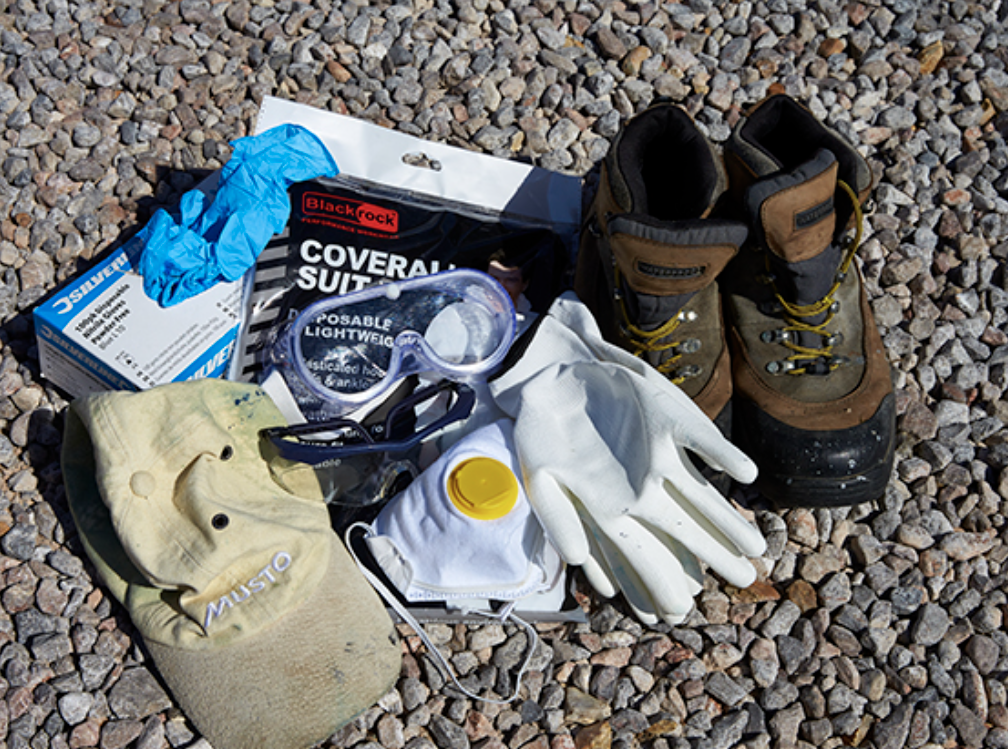Strict Protocols for Bottom Painting in New Zealand

Application Changes
Those applying antifouling (especially professionally) and those providing the space for it to be applied will also be affected by the new regulations.
For the last seven years in New Zealand anywhere antifouling is being scrubbed down, sanded or painted will need to be clearly designated as a Controlled Work Area. Within this Controlled Work Area, ALL waste will need to be contained so that it cannot enter the environment. This includes all sanding dusts, sanding liquids and anything else that is produced by the application or maintenance of the antifouling.
Once contained, this waste must then be collected and disposed of in accordance with very strict regulations.
It is only a mater of time before more safety requirements will hit the U.S. for bottom painting.

All Controlled Work Areas will also require detailed signage (large enough to be clearly visible from 10 metres away). This will need to state that antifouling maintenance and/or application is taking place; that, at all times, everyone within the Controlled Work Area must be wearing the appropriate PPE (Personal Protective Equipment); and display the name and contact details of the person who has established the Controlled Work Area.
Those intending to spray apply antifouling will also need to install suitable screens around the boat to ensure that no antifouling paint is able to escape the Controlled Work Area and affect any other person or boat or any waterway or part of the surrounding environment. Everyone involved in the spray application must also wear an appropriate respiratory PPE.
Professional boat maintenance yards and hard stands (such as Orams Marine in Westhaven) already do all of this and so are unlikely to be too seriously affected. However, some yacht club yards and smaller hardstand areas will need to work hard to ensure they are compliant by the 2015 deadline.
Because most boat owners who apply their own antifouling do so using brushes and rollers (as opposed to spray painting), they will not be too badly affected by the changes.
They will, of course, no longer be able to use some of the more informal ways of applying antifouling, such as on careening grids, slipways or beaches. However, this will have little effect on most, especially in larger centres, as local and regional councils have long banned such practices anyway.
Cover Up

DIY-ers will also, mainly for their own health, no longer be allowed to dry sand antifouling, all sanding will need to be wet. In addition, Ron Brown, Altex’s pleasure marine manager, recommends that they use a pole sander, to provide some distance between themselves and the dust and debris created by the sanding.
All those applying or doing maintenance on antifouling will also need to wear the appropriate PPE including full suit overalls (including head coverings), safety glasses or goggles, suitable protective gloves and closed-in footwear.
Brown says DIY-ers should also be aware of some key “do nots” when re-applying antifouling.
He says people should not try to apply antifouling coatings between tides, should not add additives or excessively thin the antifouling, should not over- or under-build the film thickness (use too much or too little antifouling) and should not try to re-launch their boat before the antifouling is completely dry.
“Properly applied, good quality antifouling will still give very good protection for up to two years (and in some cases considerably longer).